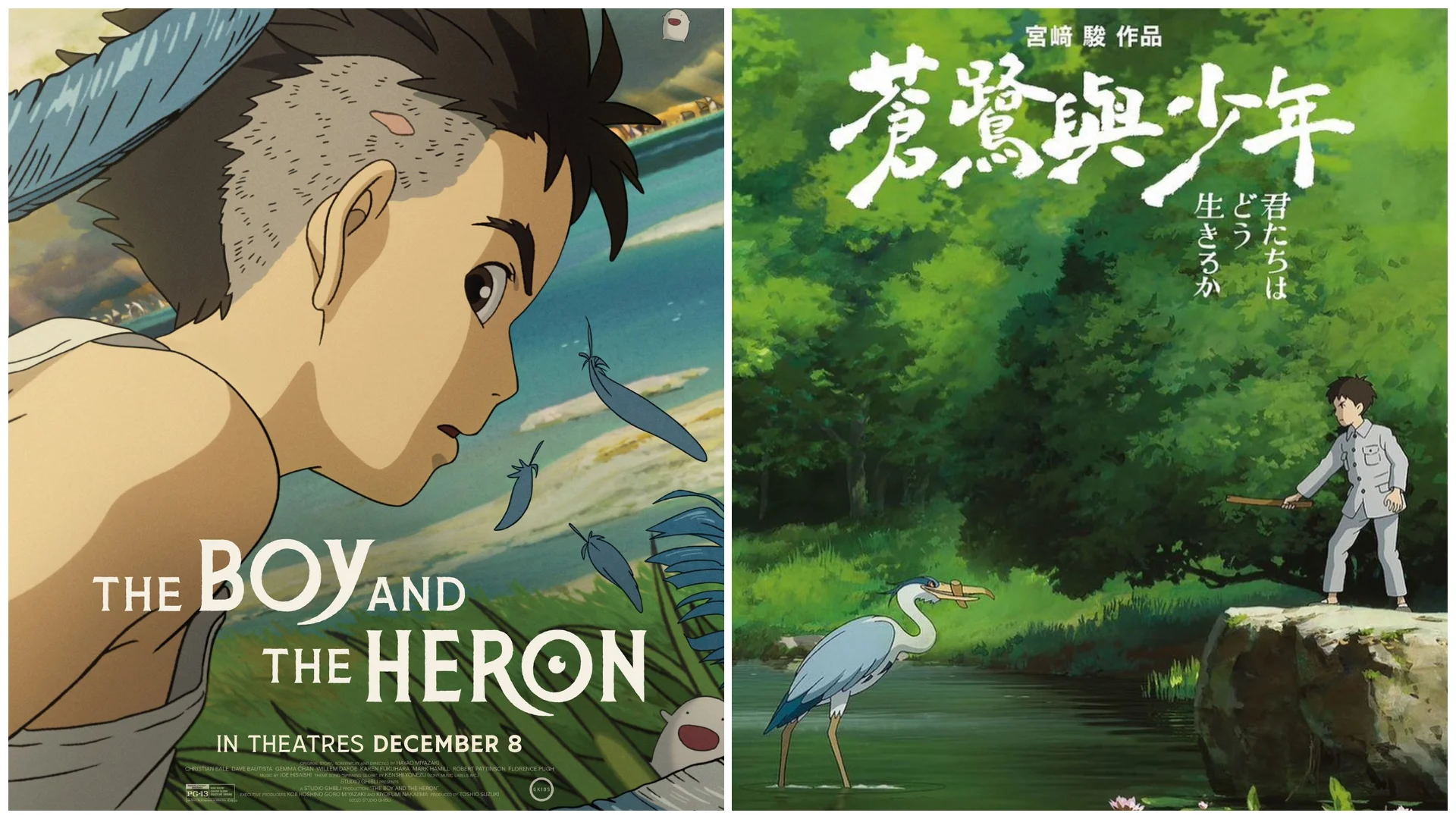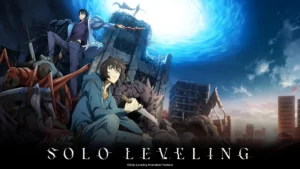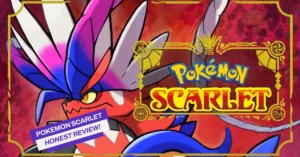This week marks the release of a new film by one of the most significant artists in history—an unexpected fantasy from a man whom many believed had concluded his cinematic journey a decade ago with 2013’s The Wind Rises. Despite the sense of finality in that film, Hayao Miyazaki has reemerged with The Boy and the Heron, a remarkable fable infused with elements of his own life, art, and passions. This mesmerizing work not only functions as a child’s heroic journey but also as an elderly artist’s poignant farewell, encapsulating the essence of Miyazaki’s career. The film, with its dream-like quality, reaffirms the voice and global relevance of both Miyazaki and Studio Ghibli, standing out as one of the highlights of 2023.
The Boy and the Heron narrates the tale of Mahito Maki, a 12-year-old whose life takes a drastic turn when his mother perishes in a Tokyo hospital fire. Subsequently, he relocates to the countryside with his emotionally distant father, Shoichi, and his new stepmother, Natsuko, who is pregnant and happens to be Mahito’s late mother’s sister. Operating from a place of grief and anger, Mahito dreams of his mother, unable to rescue her from the flames. In a moment of startling self-harm, he even inflicts wounds upon himself. While it has been described as a narrative about a young man learning not to act out of selfishness, The Boy and the Heron can also be seen as an exploration of another theme—recognizing that the beauty of the world coexists with pain.
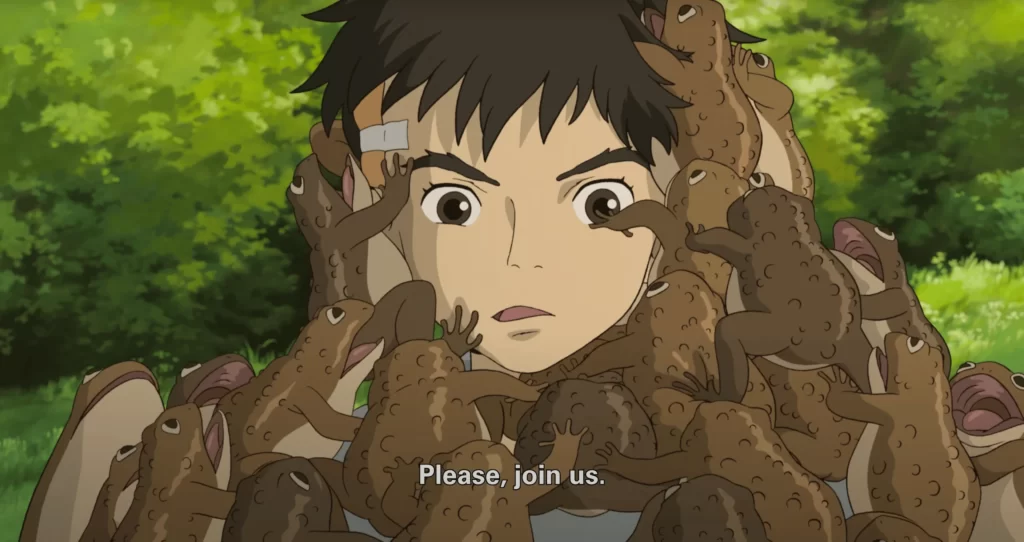
The narrative unfolds with the introduction of a heron, a bird that begins to taunt Mahito, suggesting that his presence is requested concerning his mother. When Natsuko disappears, Mahito follows the heron to a nearby tower—the last known location of his great-granduncle before his mysterious disappearance. Around the one-hour mark of The Boy and the Heron, a film initially resembling a typical coming-of-age drama takes a fantastical turn as Mahito enters his own Wonderland. This alternate reality is populated by swarms of pelicans, aggressive parakeets, and charming creatures known as warawara. This divergence from conventional plotlines adds a unique dimension to the film. Although my youngest son found the sequence perplexing, he grasped the emotional undercurrents, emphasizing their significance.
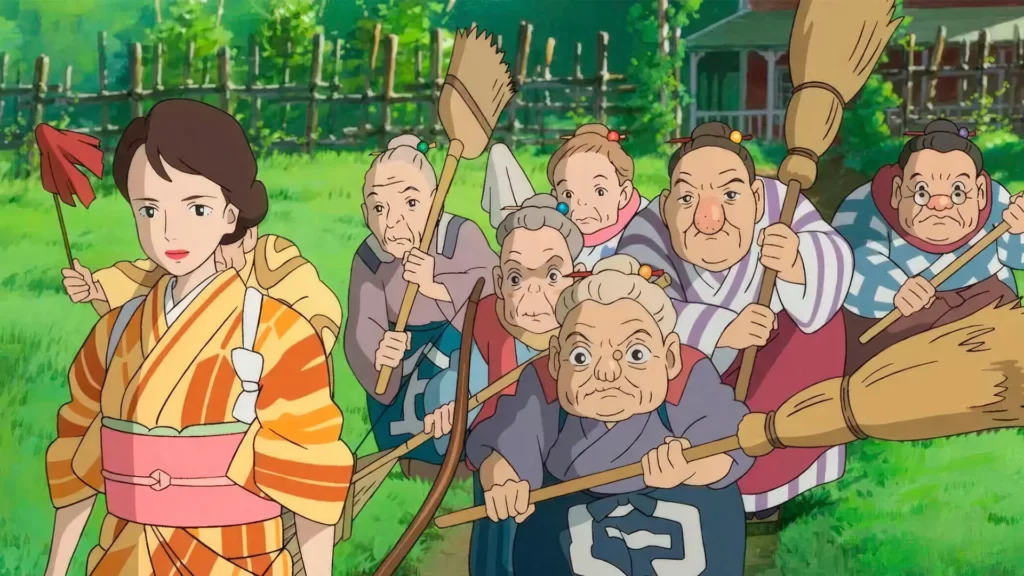
The Japanese title of The Boy and the Heron translates to How Do You Live?, mirroring the title of a 1937 novel by Genzaburo Yoshino that greatly influenced Hayao Miyazaki. While the film is not an adaptation of that book, it makes a cameo appearance, illustrating that the movie is constructed on a foundation of memory. Miyazaki’s father played a role in constructing fighter planes during the war, his family evacuated to the countryside during wartime, and his influential mother battled illness until her death when Miyazaki was a teenager. All these elements find their way into The Boy and the Heron, albeit with subtle variations. Mahito may not be a direct representation of Hayao, but the film resonates with the essence of Dorothy’s journey to Oz, encountering fantastical versions of people from her real life. In its entirety, the film serves as Miyazaki’s own interpretation of Oz.
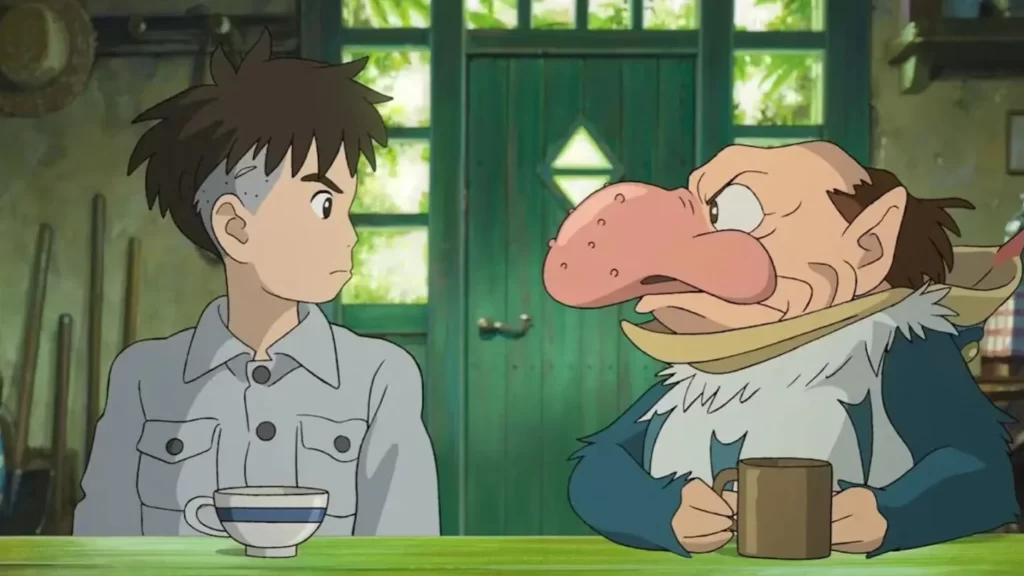
Certainly, the anticipation for a Ghibli film is always high when it comes to visual splendor, but Miyazaki showcases some of his most captivating compositions in this latest creation. During the initial viewing, the focus is on the imaginative landscapes of the fantasy realm—ships silhouetted against a sunset-lit horizon, the vibrant hues of parakeets in pursuit of the heron, and the fiery presence of Mahito’s ally, Himi. Nevertheless, the first half of the film also exhibits remarkable artistry, portraying a young man who appears diminutive against a rural backdrop where he seemingly doesn’t quite belong. The visual allure is further heightened by a breathtaking score from Joe Hisaishi, which stands out as my favorite of the year.
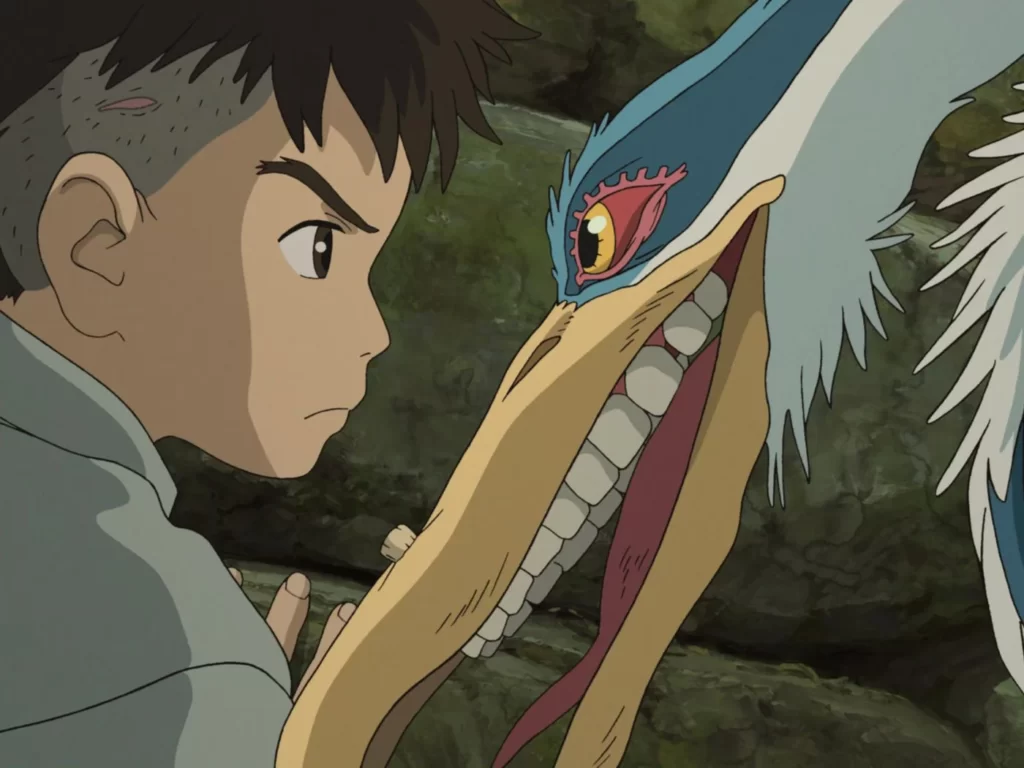
Patience is a requisite for fully appreciating The Boy and the Heron. The initial hour may be perceived as somewhat prolonged, revisiting certain plot points more than necessary before propelling Mahito into his genuine journey. Even in the latter half, there are moments where it feels like Miyazaki, the writer, is treading water. However, the patience invested pays off with emotionally resonant final scenes. Without divulging too much, Mahito is presented with an opportunity to govern a fantasy world, yet he opts for the hardships of the real one. This choice encapsulates the essence of adulthood—the recognition that we cannot dwell in realms of fictional characters and idealized versions of those we’ve lost. We possess the strength to navigate the challenges of the real world. After granting us numerous captivating visions, Hayao Miyazaki isn’t urging us to reside in animated worlds; instead, he encourages us to embrace our own reality. We can still revisit his creations whenever we need a reminder of how to truly live.
Also Read: The Boy and the Heron Won the Weekend Domestic Box Office
